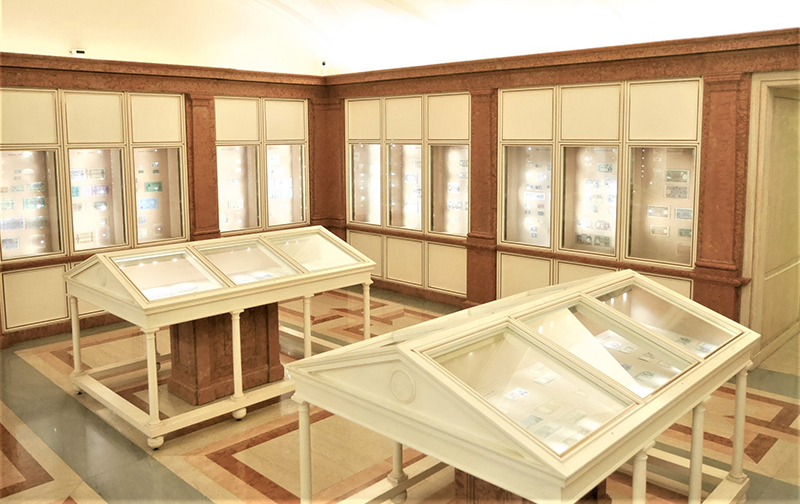
La cartamoneta fu inventata dai cinesi. Le prime testimonianze risalgono al XIII, ma non si può escludere che in precedenza questo strumento fosse già utilizzato. In Europa la nascita della cartamoneta risale al 1661 per iniziativa della Wekeloch Lane Bank di Stoccolma. In Italia il primo biglietto al portatore fu emesso nel 1746 dalle Regie Finanze di Torino per fronteggiare le spese militari che il Piemonte, alleato con l'Austria, doveva sostenere nella guerra contro la Francia e la Spagna. Si trattava di cartamoneta che fruttava interessi, emessa contro deposito di denaro; un ibrido tra la banconota e l'obbligazione (cfr. foto n. V.1).
A partire dalla seconda metà dell'Ottocento, si assiste a una progressiva affermazione della cartamoneta, in relazione alla crescente domanda di mezzi di circolazione, connessa con lo sviluppo economico indotto dalla Rivoluzione industriale. Il biglietto di banca, essendo un mezzo di circolazione a taglio fisso e al portatore, poteva essere utilizzato per i pagamenti senza bisogno di girate, come avveniva per le lettere di cambio o per le fedi di credito (cfr. foto n. V.9). Con il tempo esso si trasformò da sostituto della moneta in vera e propria moneta aggiuntiva, emessa dalle banche di emissione in quantità significativamente maggiore rispetto alle riserve metalliche detenute dalle stesse banche. Veniva comunque assicurata sempre la convertibilità dei biglietti in moneta metallica.
Prima dell'unificazione dell'Italia, i biglietti emessi dalle banche di emissione che operavano in regime di monopolio all'interno dei vari Stati rappresentavano una quota minima dei mezzi di pagamento (meno del 9 per cento; 22 per cento tenendo conto delle fedi di credito del Banco di Napoli e del Banco di Sicilia). Alla fine del 1874 - dopo la sospensione della convertibilità delle banconote (c.d. corso forzoso) introdotta nel 1866 - la quota di biglietti raggiunse il 60 per cento del totale dei mezzi di pagamento (cfr. foto n. V.23). Il "corso forzoso" fu introdotto per fronteggiare le esigenze connesse con la imminente guerra contro l'Austria e con il potenziamento delle infrastrutture del Paese. Nel 1883, la migliorata situazione del bilancio dello Stato (pareggio dei conti realizzato nel 1875 grazie anche a provvedimenti di rigore quali la tassa sul macinato e la vendita di beni ecclesiastici) indusse il Governo ad abolire il corso forzoso (cfr. foto n. V.24).
La Banca d'Italia nacque nel 1893 dalla fusione di tre banche (Banca Nazionale nel Regno, Banca Nazionale Toscana e Banca Toscana di Credito) ed operò come banca di emissione insieme ai due banchi meridionali (Napoli e Sicilia) fino al 1926 anno in cui diventò l'unico istituto di emissione. La Banca d'Italia iniziò a stampare cartamoneta nel 1896 con un esemplare da 50 lire (cfr. foto n. V.25). Successivamente, sulla base del D.M. 6.12.1897, fu emesso un biglietto da Lire 1.000 disegnato da Rinaldo Barbetti (cfr. foto n. V.26), sostituito dal 1930 da uno disegnato da Giovanni Capranesi (cfr. foto n. V.27). Entrambi i biglietti sono considerati vere e proprie opere d'arte. La collezione si completa con l'ultimo biglietto da 500.000 lire con il volto di Raffaello stampato dalla Banca d'Italia nel 1997 prima dell'introduzione dell'euro. Questo biglietto racchiude in sé il meglio della tecnologia e dell'espressione figurativa (cfr. foto n. V.43).


 YouTube
YouTube  X - Banca d’Italia
X - Banca d’Italia  Linkedin
Linkedin 